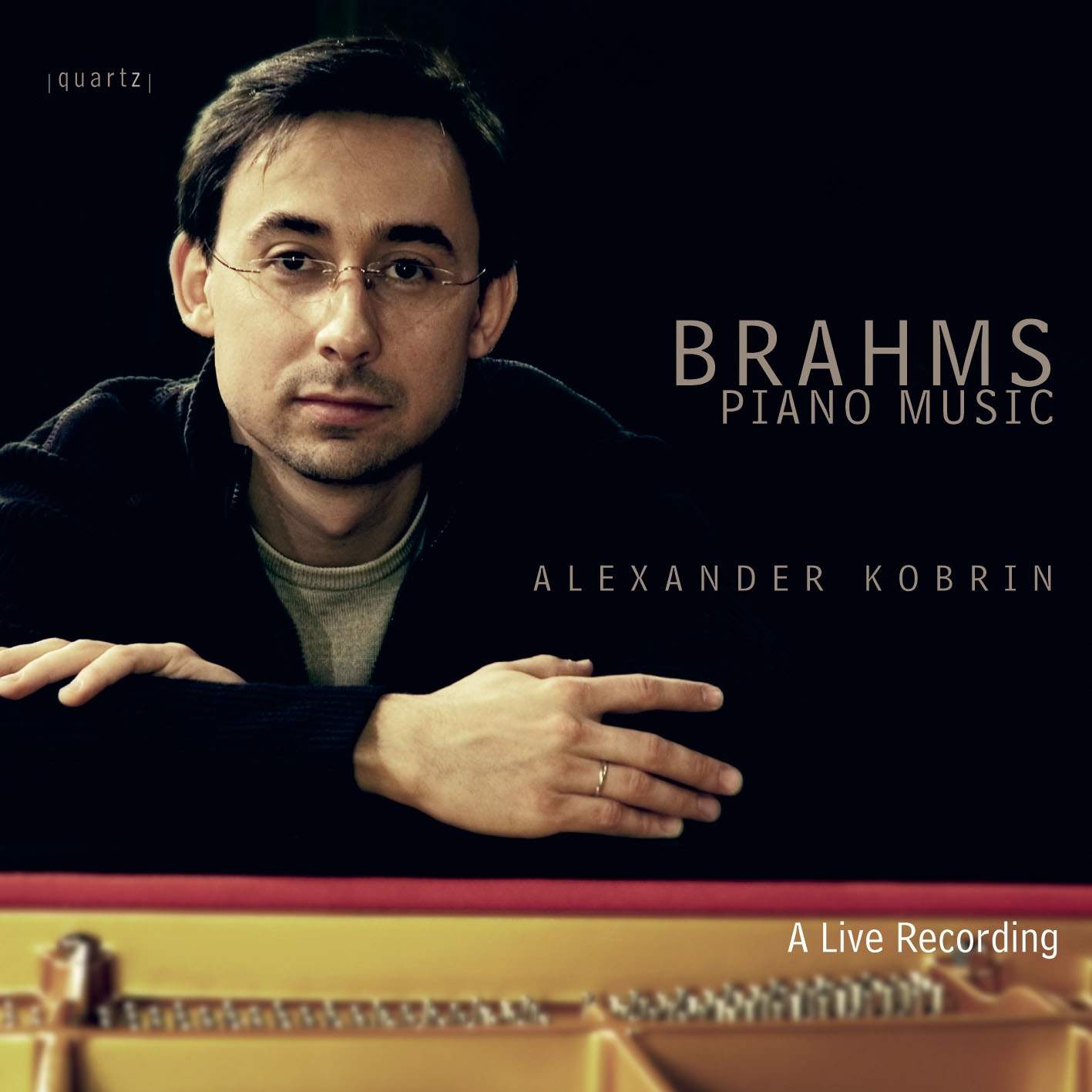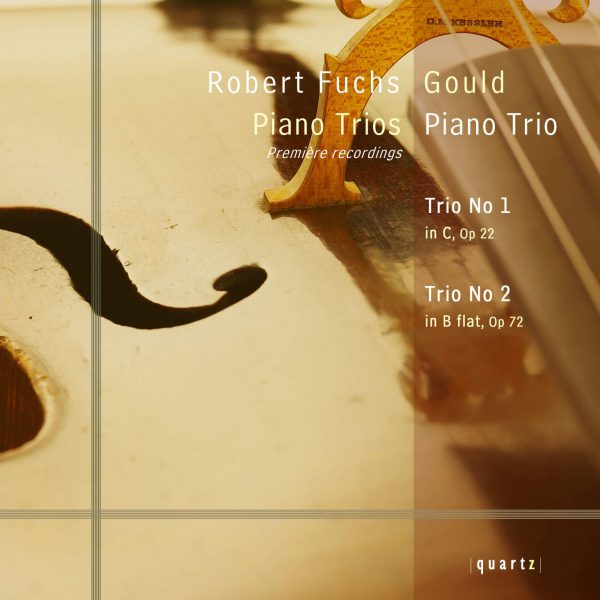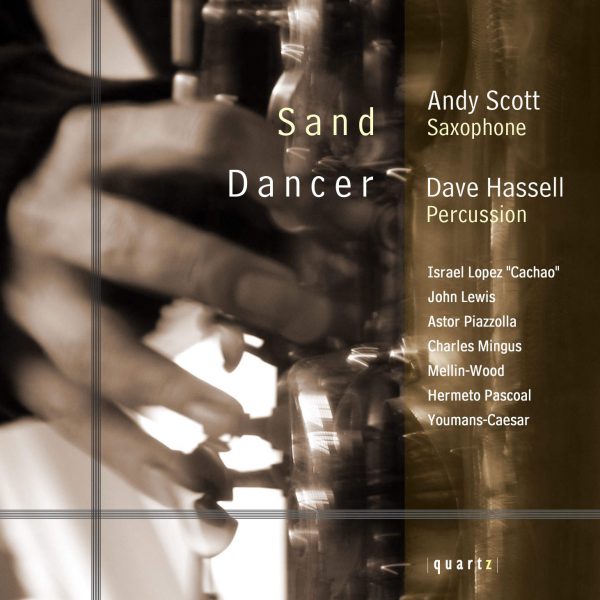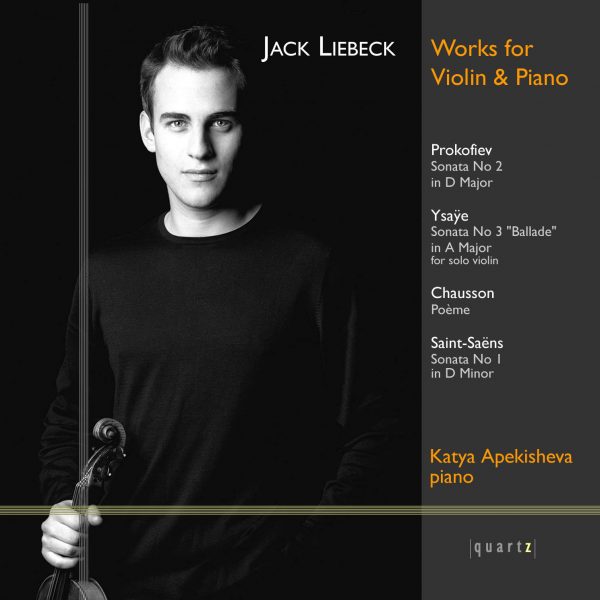Brahms – Piano Music
Price range: £5.99 through £11.99
Great works for piano performed by a past winner of the Van Cliburn Piano Competition.
2 RHAPSODIES, OP. 79
No.1 in B minor
No.2 in G minor
7 FANTASIAS, OP. 116
No.1 Capriccio in D minor
No.2 Intermezzo in A minor
No.3 Capriccio in G minor
No.4 Intermezzo in E
No.5 Intermezzo in E minor
No.6 Intermezzo in E
No.7 Capriccio in D minor
4 PIANO PIECES, OP. 119
No.1 Intermezzo in B minor
No.2 Intermezzo in E minor
No.3 Intermezzo in C
No.4 Rhapsody in E flat
About This Recording
Although he first attracted attention as a pianist, continuing to give concerts and recitals throughout his career, Brahms’ output for the instrument is less than might be expected. It dominates his earliest music: the first two sonatas – the second of them as influenced by Liszt as the first (which followed it in order of composition) is by Schubert – appearing in his teens, before the Third Sonata (1853), an ambitious and assured fusion of elements derived from Beethoven and Schumann,
announced his musical ‘coming of age’. The subsequent attempted suicide and committal of the latter, who had assumed the role of mentor to the younger composer, saw Brahms essay his most introspective piano works – including the Four Ballades and also the Variations on Theme by Schumann (both 1854). He then grappled for the rest of the decade with his First Piano Concerto, only returning to the solo medium for his ingenious Variations and Fugue on a Theme of Handel (1861) and the uninhibited virtuosity of Variations on a Theme by Paganini (1863). Vocal and chamber music dominated the remainder of the 1860s, while orchestral music came to the fore over the next two decades; Brahms returning to the piano only sporadically and on a smaller scale, yet designating these pieces as ‘miniatures’ hardly does justice to their variety and resourcefulness. It is not so unreasonable to consider them as elements of an undisclosed inner autobiography. It was during 1878 that Brahms first returned to the piano medium, publishing eight short yet highly varied pieces as his Op. 76 and (the following year) two larger pieces as his Op. 79. At the suggestion of his friend and confidante Elisabeth von Herzogenberg, however, he changed the title of the latter works from Piano Pieces to Rhapsodies, which more completely describes their scale and relative elaboration – though both are as finely wrought and formally integrated as anything that Brahms ever conceived. Rather it is their emotional variety and evolution of ideas that justifies them being thought of as ‘rhapsodic’.
The First Rhapsody plunges into a stormy theme spread across the keyboard, soon making way for its more thoughtful continuation. This is repeated, prior to the emergence of a limpid new idea that rapidly takes on an altogether more impetuous profile. The initial theme is treated to tempestuous
elaboration before returning to the limpid idea, now stated at rather greater length over a ruminative accompaniment typical of the mature composer. It reaches a natural pause, upon which the stormy theme reasserts itself for a subtly varied reprise, once again proceeded by the limpid theme which this time rapidly elides into a forceful continuation of the opening music. All that remains is for the coda to wind the piece down to its increasingly subdued conclusion. The Second Rhapsody opens with a resolute and march-like theme that is followed once again by a more expressive continuation. From here, the main motifs are developed with a simmering expectancy before the initial theme as well as its ruminative successor receives a full reprise. There is no lingering coda, the piece being allowed only a brief moment of reflection before being cut off by the peremptory cadential chords.
As is well known, Brahms intended to cease original composition at the time of his 55th birthday – goaded into renewed creativity on hearing the clarinetist Richard Mührfeld, for whom he then wrote a Clarinet Trio and Clarinet Quintet (both 1891) followed by two Clarinet Sonatas (1894). During the intervening years he returned to the solo piano (though, not for the time with this composer, the music may have had a much earlier genesis), publishing 20 pieces arranged into four sets with consecutive opus numbers. Although written essentially for his own pleasure, these pieces attracted the admiration of many: not least the young Arnold Schoenberg, who viewed them as integral to his conviction that Brahms was a ‘radical conservative’ looking, however, unconsciously, to the future; and Clara Schumann, with whom Brahms had been intermittently close since the incarceration of
her husband four decades earlier, and who was no doubt entranced by what the writer Claude Rostand has described as “… autumnal landscapes … that hover between the half shades and chiaroscuro effects so beloved of the older Brahms’. All but three of these pieces are designated either ‘capriccio’ or ‘intermezzo’, though the temptation to assign character traits to them on this basis does not take into account the wide variety of moods to be found in each type nor, moreover, the degree to which these can change within the course of a single piece.
The Seven Fantasias that comprise Op. 116 are themselves divided into two books of three and four pieces respectively (it should be noted that, while Brahms published these late pieces in groups he left no instruction that they should be performed as such; indeed, pianists were quick to make their own selection for recitals, so establishing a tradition which continues to this day). The opening Capriccio sets off with an animated, somewhat quixotic theme with more than its share of contrapuntal ingenuity, and which is heard twice before heading to a decisive close. The Intermezzo that follows has a Schumanesque poise whose two-part theme responds effortlessly to the gentle elaboration with which it evolves, while the ensuing Capriccio contrasts a vigorous initial idea with a theme of generous expressive warmth before the opening idea resumes for a rhetorical close. Of the three Intermezzos that follow, the wistful first is one of Brahms’ most affecting shorter pieces with little to ruffle its prevailing serenity, and with which the second contrasts in its distinctive halting rhythmic profile and subtle harmonic ambiguity, while the third alternates between a hymnlike solemnity and a poised introspection. The final Capriccio ends the sequence with a brusque, toccata-like motion that yields briefly to a more ruminative idea before surging onwards to its decisive close.
Following on from the Three Intermezzi he published as Op. 117 and the Six Pieces that became his Op. 118, Brahms returned a final time to the medium for the Four Pieces published as his Op. 119. While remembering these pieces were by no means written in the order published, it is tempting to hear this final set as a summing-up of all that Brahms felt able to invest in the genre – distilling a pianism that had held good for virtually the entire span of his composing career. The first Intermezzo is one of Brahms’ most forward-looking piano pieces, its delicate interplay of melody and accompaniment having an elusive lightness redolent of the later Chopin while also anticipating Debussy. The second Intermezzo features an edgy theme founded upon a nagging underlying rhythm, enabling the elegant central section (which returns to end the piece) to unfold with the greatest contrast. The third Intermezzo, among the shortest of all these pieces, is given a distinctive character by the pert syncopation of its theme. The closing Rhapsody opens with an idea whose muscular energy and powerful rhythmic profile seem almost a throwback to earlier Brahms, but the central section has more than a tinge of introspection and even the return of the first theme cannot prevent a fatalistic ending.
Richard Whitehouse
Track Listing
-
Johannes Brahms
- 2 Rhapsodies Op. 79 (i) No 1 in B minor
- 2 Rhapsodies Op 79 (ii) No 2 in G minor
- 7 Fantasias Op 116 (i) Capriccio in D minor
- 7 Fantasias Op 116 (ii) Intermezzo in A minor
- 7 Fantasias Op 116 (iii) Capriccio in G minor
- 7 Fantasias Op 116 (iv) Intermezzo in E
- 7 Fantasias Op 116 (v) Intermezzo in E minor
- 7 Fantasias Op 116 (vi) Intermezzo in E
- 7 Fantasias Op 116 (ix) Capriccio in D minor
- 4 Piano Pieces Op 119 (i) Intermezzo in B minor
- 4 Piano Pieces Op 119 (ii) Intermezzo in E minor
- 4 Piano Pieces (iii) Intermezzo in C
- 4 Piano Pieces (iv) Rhapsody in E flat




